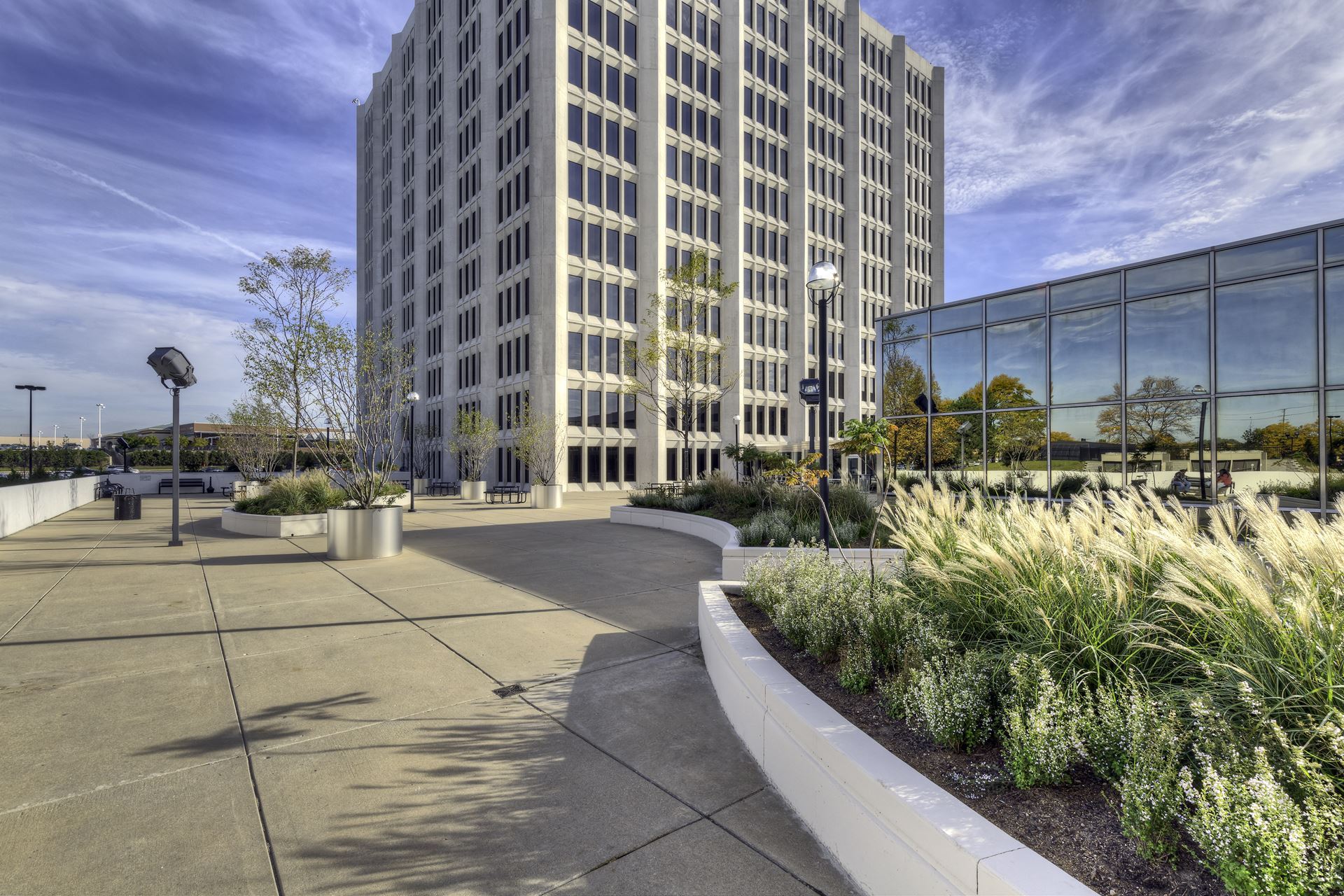Codes and Regulations Resources
An Important Message from the Engineers Committee About the New OSHA Fall Protection Regulations
By: The Engineers Committee As you may be aware, OSHA issued a final ruling on Walking-Working Surfaces and Personal Protection Systems to better protect workers in general industry to prevent fall hazards. OSHA estimates that, on average, approximately 202,066 serious injuries and 356 fatalities occur annually among workers directly affected by the final standard. The new fall protection regulations are intended to increase worker safety and limit the number of accidents associated with the use of stairs, ladders, and other elevated work surfaces. The new ruling affects BOMA/Suburban Chicago members as the regulations apply to all buildings and facilities. When does the final rule become effective? The final rule became effective in January 2017, with delayed or phased-in compliance dates for several requirements in the final rule, including:
What are the major changes in the final rule? The final rule includes a number of revisions to the existing general industry standards. These changes and new requirements include:
Additional Resources
Gary Kocher, LEED AP O+M, Chair, Hamilton Partners |
|









